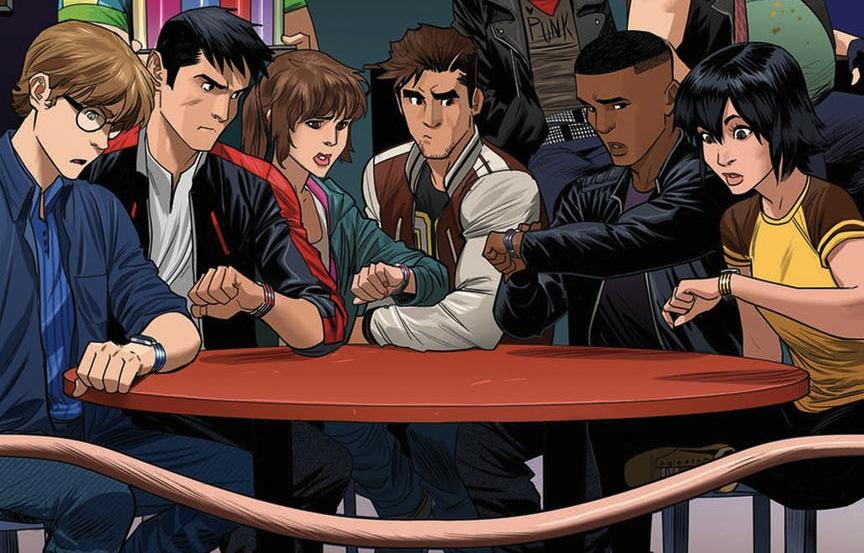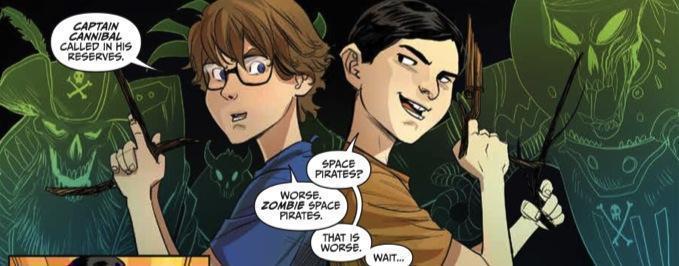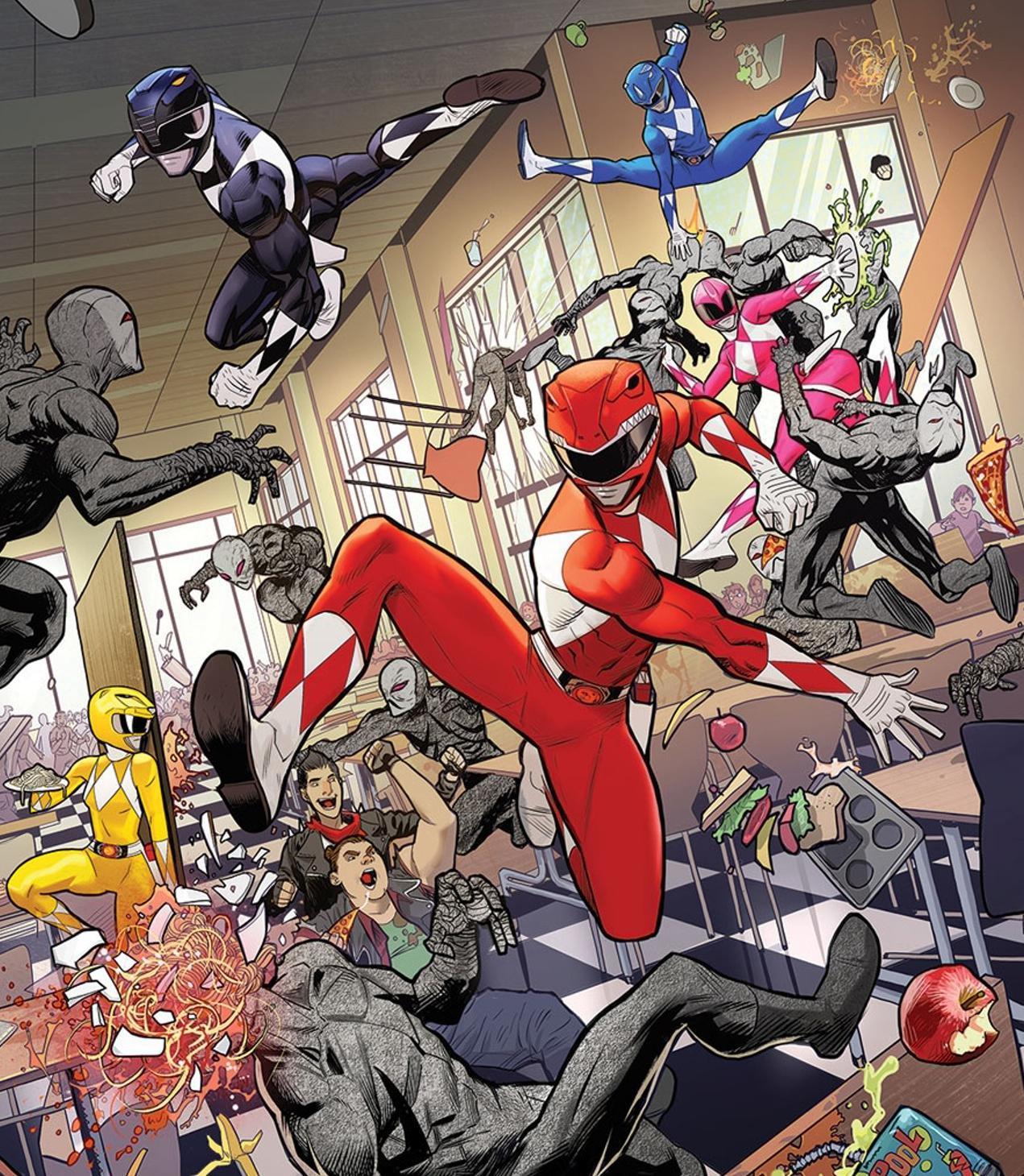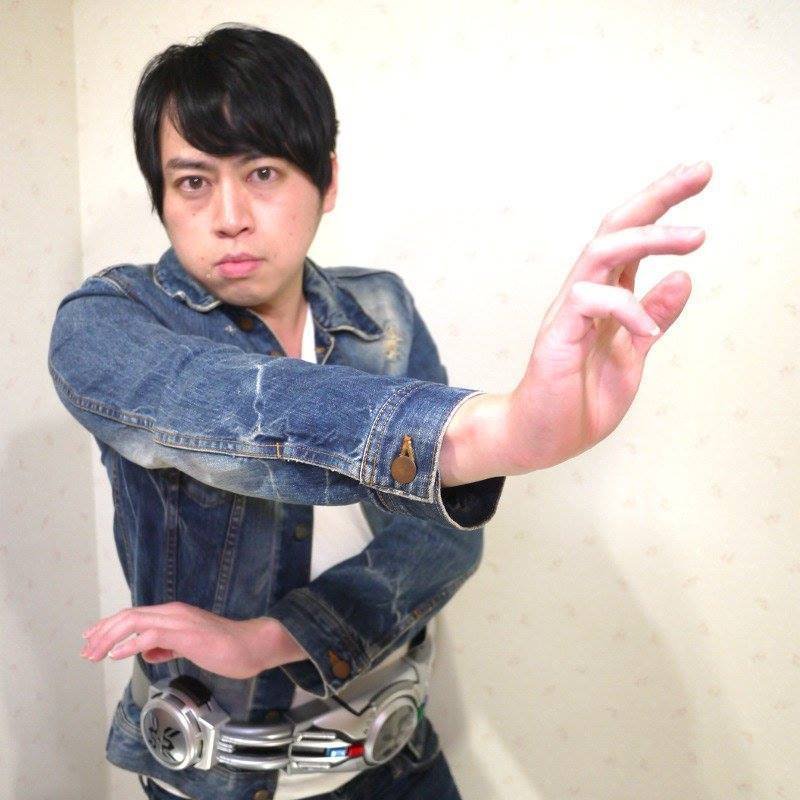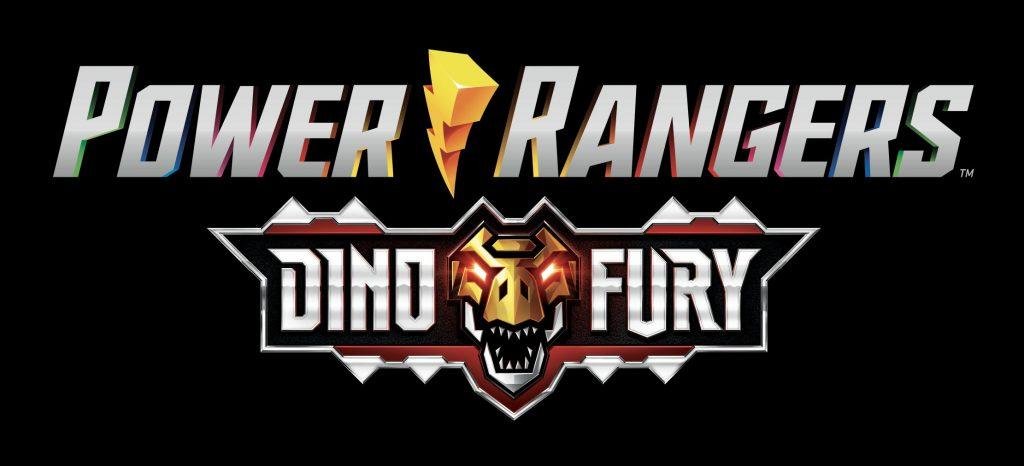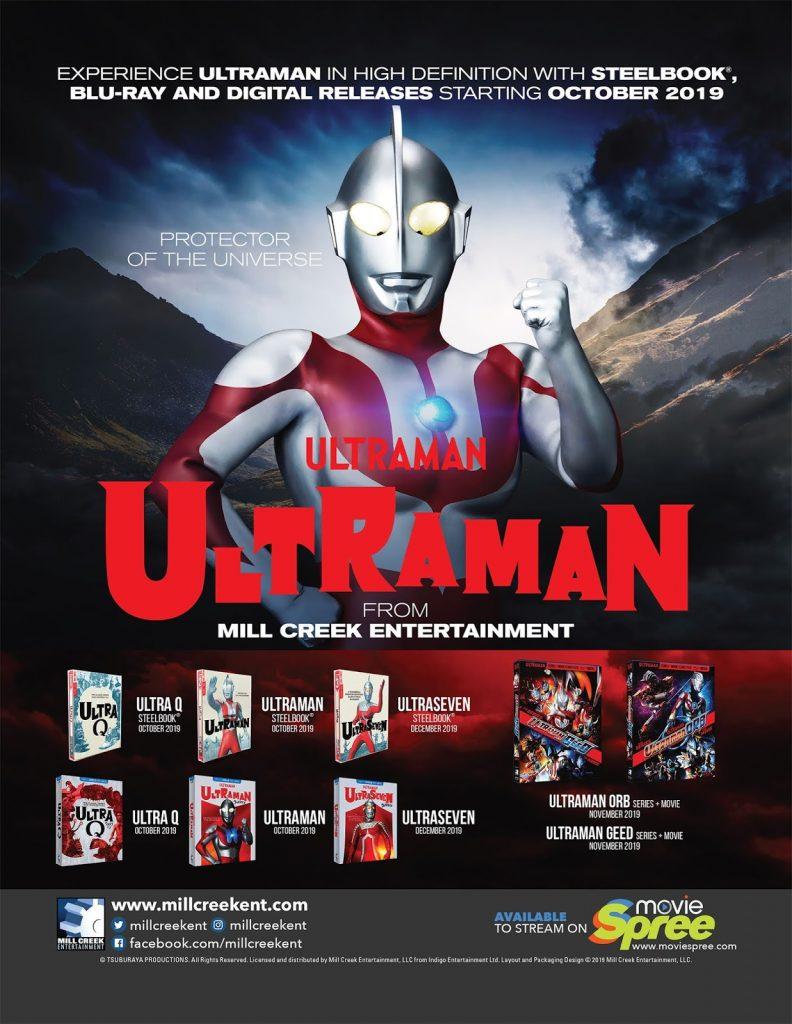If you had told me a few years ago that there would be not one, but two comic book titles based on the Power Rangers brand, each of high quality with a dedicated readership, I would have found it hard to believe. Even now, after pouring through the latest issue of Go Go Power Rangers, the recent addition to the brand’s growing family of comics, I find it hard to believe. This is more than a mere trifle thrown together with little effort. It’s a touching, sensitive look at the iconic team that started this franchise. I’m not used to this!
In Boom! Studios’ Go Go Power Rangers, a closer look is taken at the heroes behind the helmet, putting a microscope up to their lives as citizens of Angel Grove, the new battleground only recently invaded by monsters from space, as the Teenagers with Attitude are still getting used to their new role of town saviors.
The first book, simply titled Mighty Morphin Power Rangers, does a fantastic job in its own right, developing its heroes as they battle to save the world from Rita Repulsa and her horde of minions, but while GGPR brings the spandex and the thrills, the characters are its first, biggest focus, and we couldn’t be more pleased with the result. It’s a story that grants personality to those that often went without it and adds dimension when previously there had been very little. Though many of us loved it as kids (and still do), if we’re being honest, the show could sometimes be pretty light on complexity. This suited their needs just fine back then, but what if an opportunity presented itself to serve up something more?
The answer comes in the form of a book, with stellar art by Dan Mora and heartfelt writing from Ryan Parrot, that both loves its characters and is eager to tell us exactly why.
There are few greater examples of this than in the opening of issue #3, featuring a return to simpler times, when a young Billy Cranston plays with a neighborhood friend, Eugene. It may not dawn on every reader immediately that Eugene is, in fact, the boy that will eventually grow up to be known as Angel Grove High School’s resident bully sidekick, Skull. To witness the steps that pulled these childhood friends apart, bringing about what fans of the show know to be a somewhat tense association, gave us an unexpected shock. I didn’t get my permission slip signed for this feels trip!
Also, who knew Baby Skull was actually Bruce Wayne from Fox’s Gotham?
Meanwhile, the book continues to address curiosities of the Power Rangers story that you might imagine the show wouldn’t have time for, as the effects of Rita’s arrival ripple through the city, changing the lives of its people. As Jason wraps up another martial arts class at the famous Juice Bar, its owner Ernie informs him that the place may be closing down due to his employees getting the hell outta dodge. Rent’s about to get real cheap up in the Grove, as we may need to have a classic “save the humble town landmark” event to preserve the much-needed youth center.
Elsewhere, comic-original character Matt continues to wonder why everyone keeps shutting down when he’s around, as he’s the only teen in the group who doesn’t secretly drive a giant prehistoric robot and fight talking pineapples when no one’s looking. It’s nice to see the Rangers, this early in their career as superheroes, with actual friends. People who are there all the time and not necessarily because we’re meant to think they’ll be the next new teammate or whatever. Matt’s just a person, representing an important perspective on the concept of a city under threat of uncertain, otherworldly peril. All the while dating one of the heroes tasked with protecting him as he comments about them right to their faces. One can imagine that the lie, for some, would only get harder to keep telling as time goes on.
In the meantime, even minor recurring characters from the TV series make appearances. From Ms. Appleby, whose class subject was as transformable as the Rangers themselves depending on what suited the plot that week, to the lovably loud Principal Kaplan, surprisingly not yet issuing detention to anyone, but instead sorting out Bulk and Jason when the two get into a scuffle during Trini’s Angel Day, an effort to rebuild from damages suffered in the recent attack.
It’s so satisfying to watch the book weave back and forth between all the characters with such ease, wrapping their personal stories around the larger events that crop up. No one is left from the mix for very long, and it’s all meaningful stuff, with strong dialogue and attention to detail. Each character speaks with a distinctive personality and a point-of-view all their own.
This sort of thing should go without saying, but sadly, it doesn’t come guaranteed for everything with the name Power Rangers on it. Perhaps future iterations will tell a different tale. I look forward to the day.

